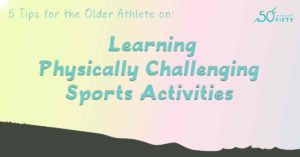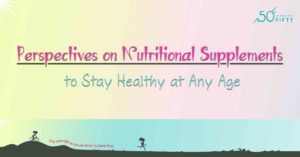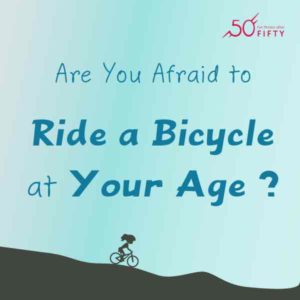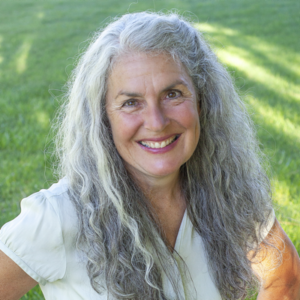Events yesterday have led me to evaluate the state of my first aide supplies. Really, this list should be good for anyone, but sometimes us older runners need reminders to check the supplies when Continue Reading
Is It Harder to Lose Weight When You are Older
What do you want the answer to this question to be? I think a good place to start is by asking ourselves if we are looking for answers so that we can make a plan orexcuses so that we won't feel Continue Reading
5 Tips for the Older Athlete on Learning Physically Challenging Sports Activities
Am I too old to learn something physically challenging? Learning new skills and activities can feel overwhelming for an older adult. I know that beginning horseback riding lessons about 9 months ago Continue Reading
Perspectives on Nutritional Supplements to Stay Healthy at Any Age
Putting malnutrition in perspective Do you know the story about Captain Cook making his crew eat sauerkraut on voyages to prevent scurvy? It turns out the commonly told story might not be quite Continue Reading
Are You Afraid to Ride a Bicycle at Your Age ?
Who needs Disneyland? I was recently surprised to survive a mountain bike ride. I found myself vacillating between You only live once! and If I crash, will I die? This in spite of cycling being Continue Reading




